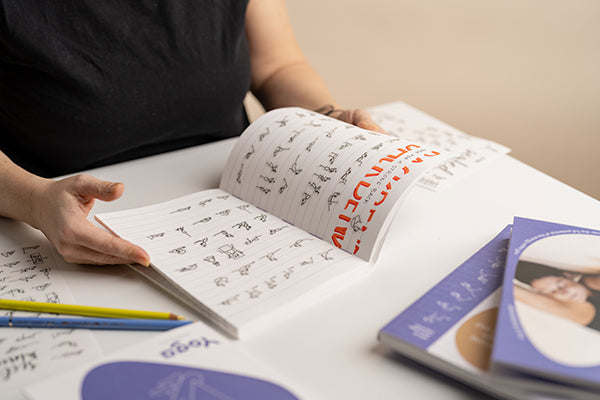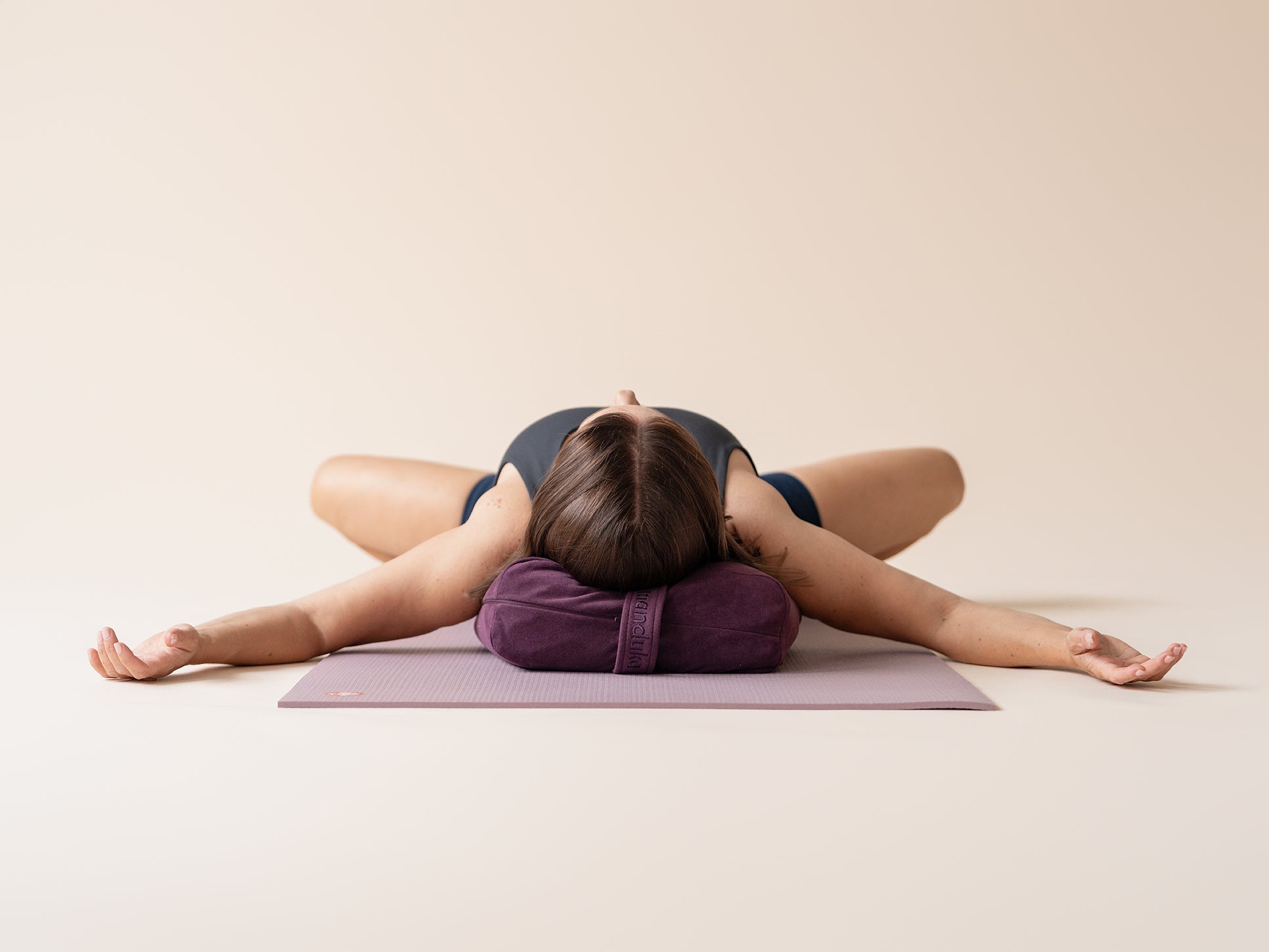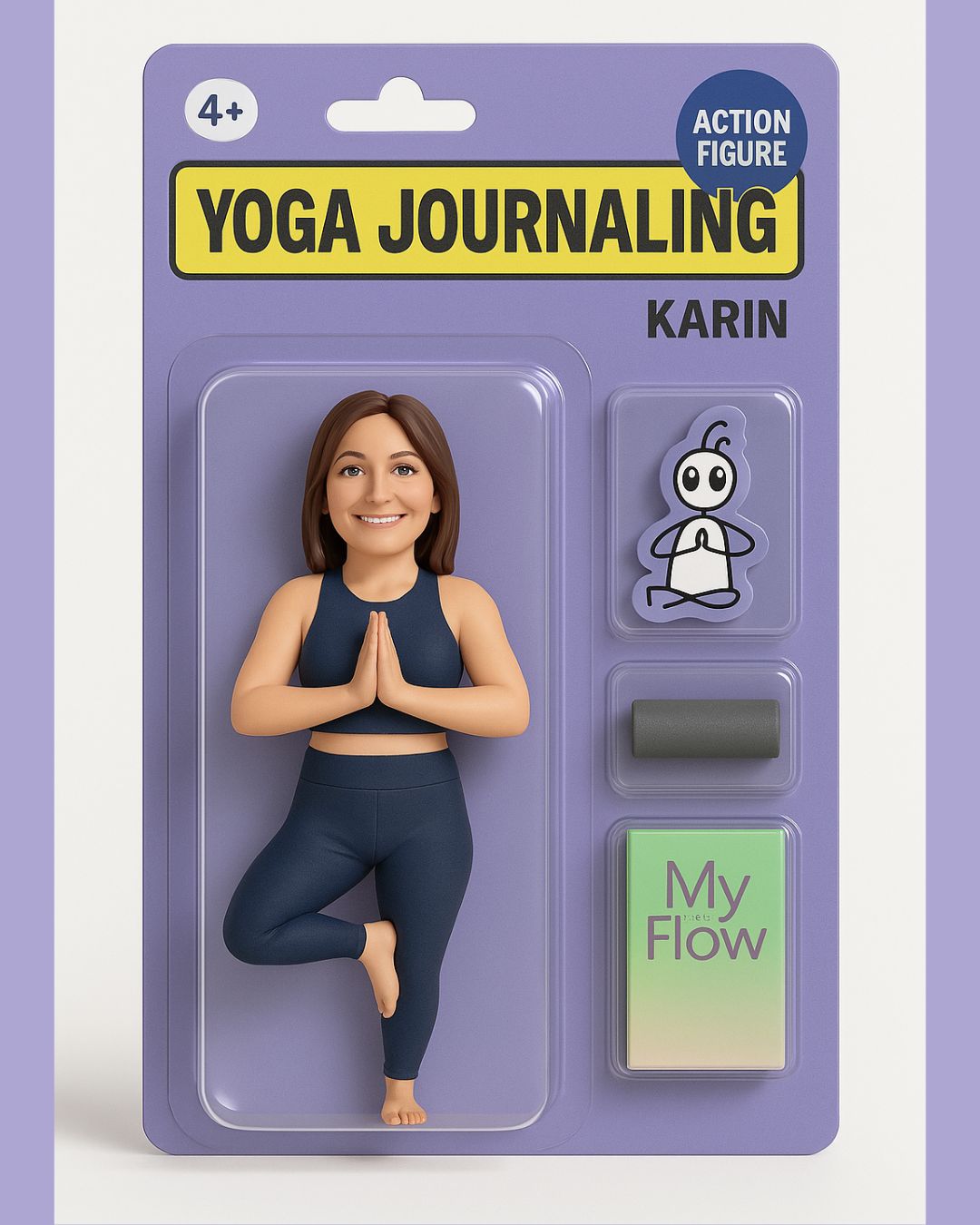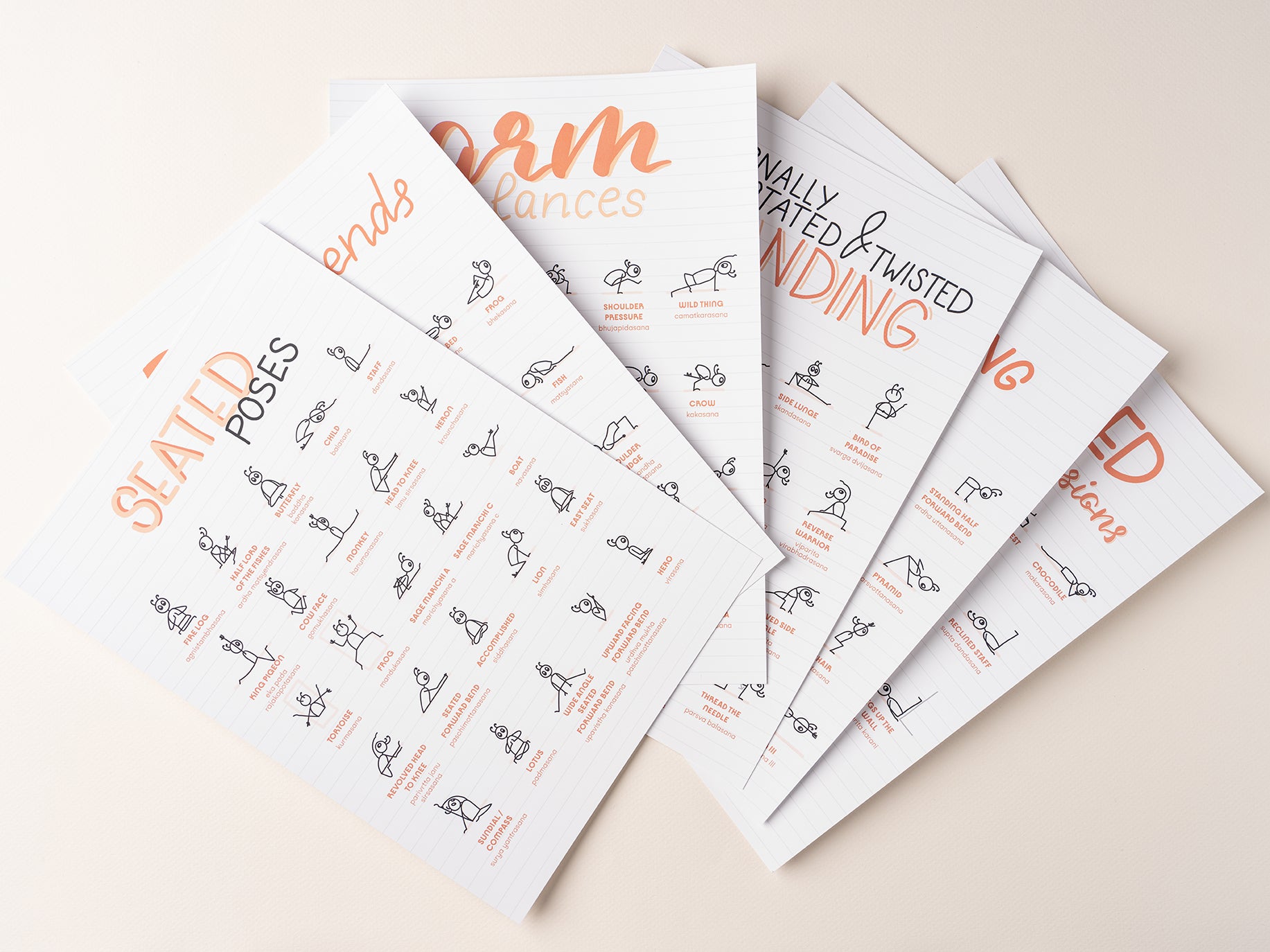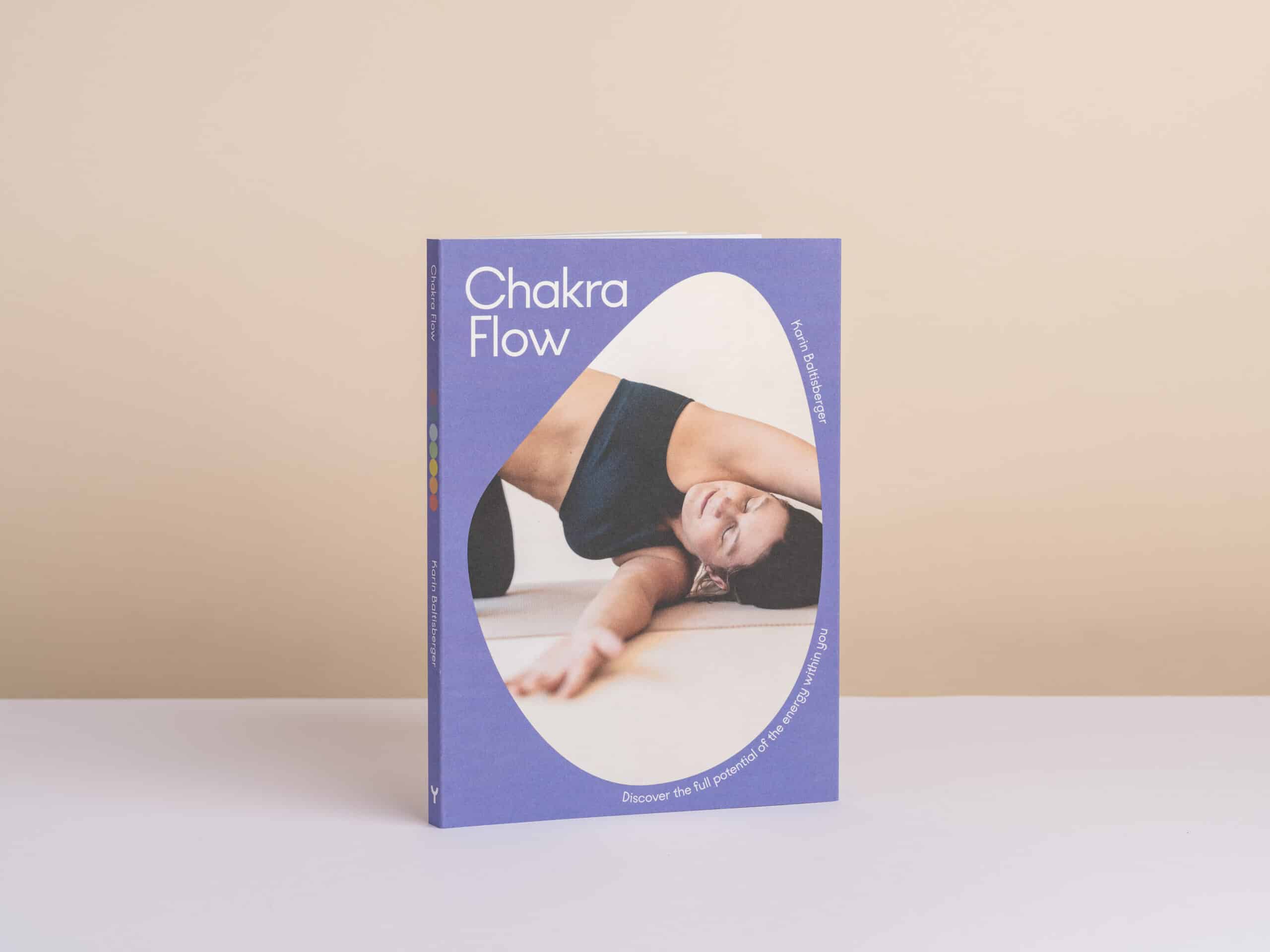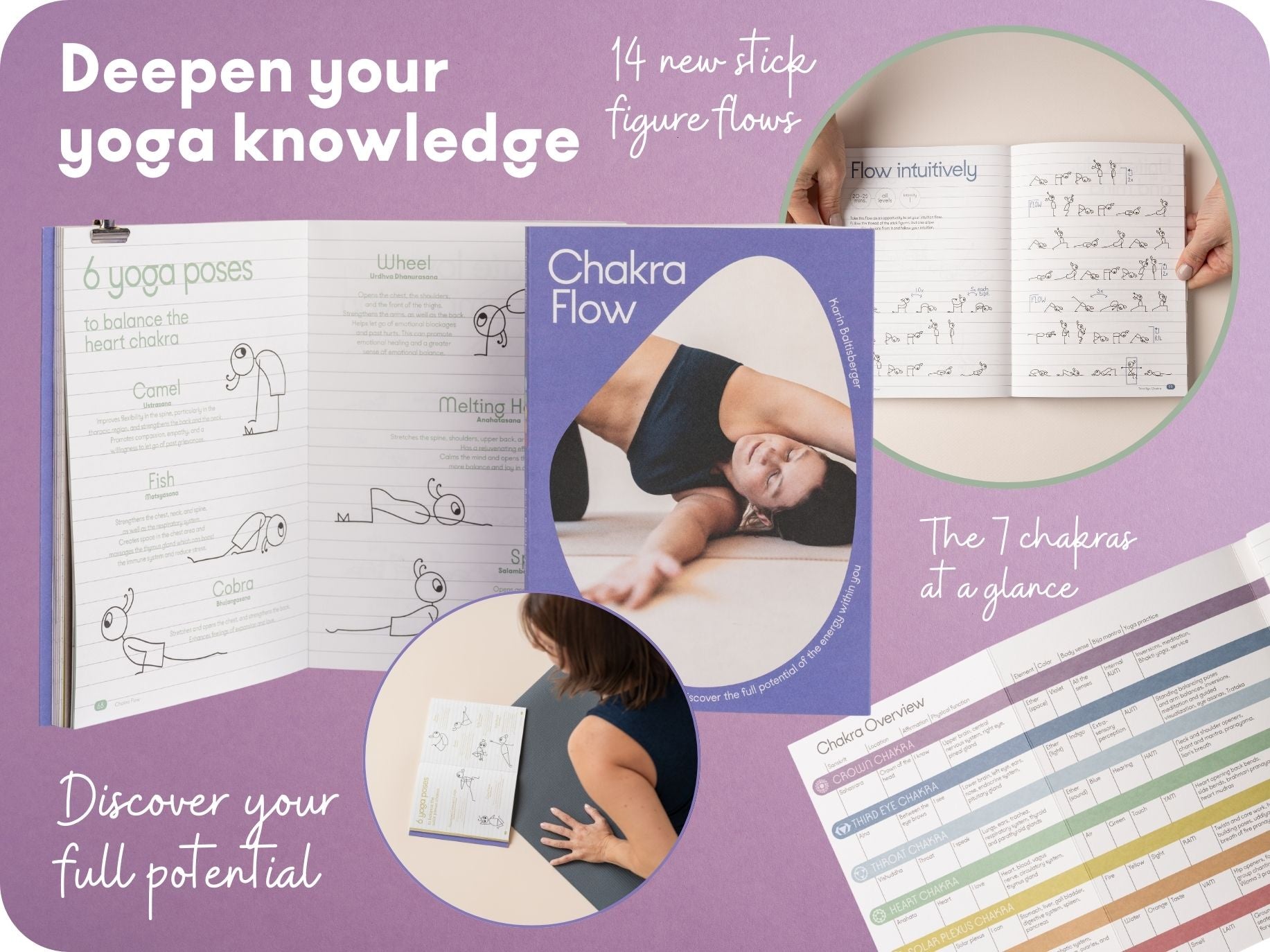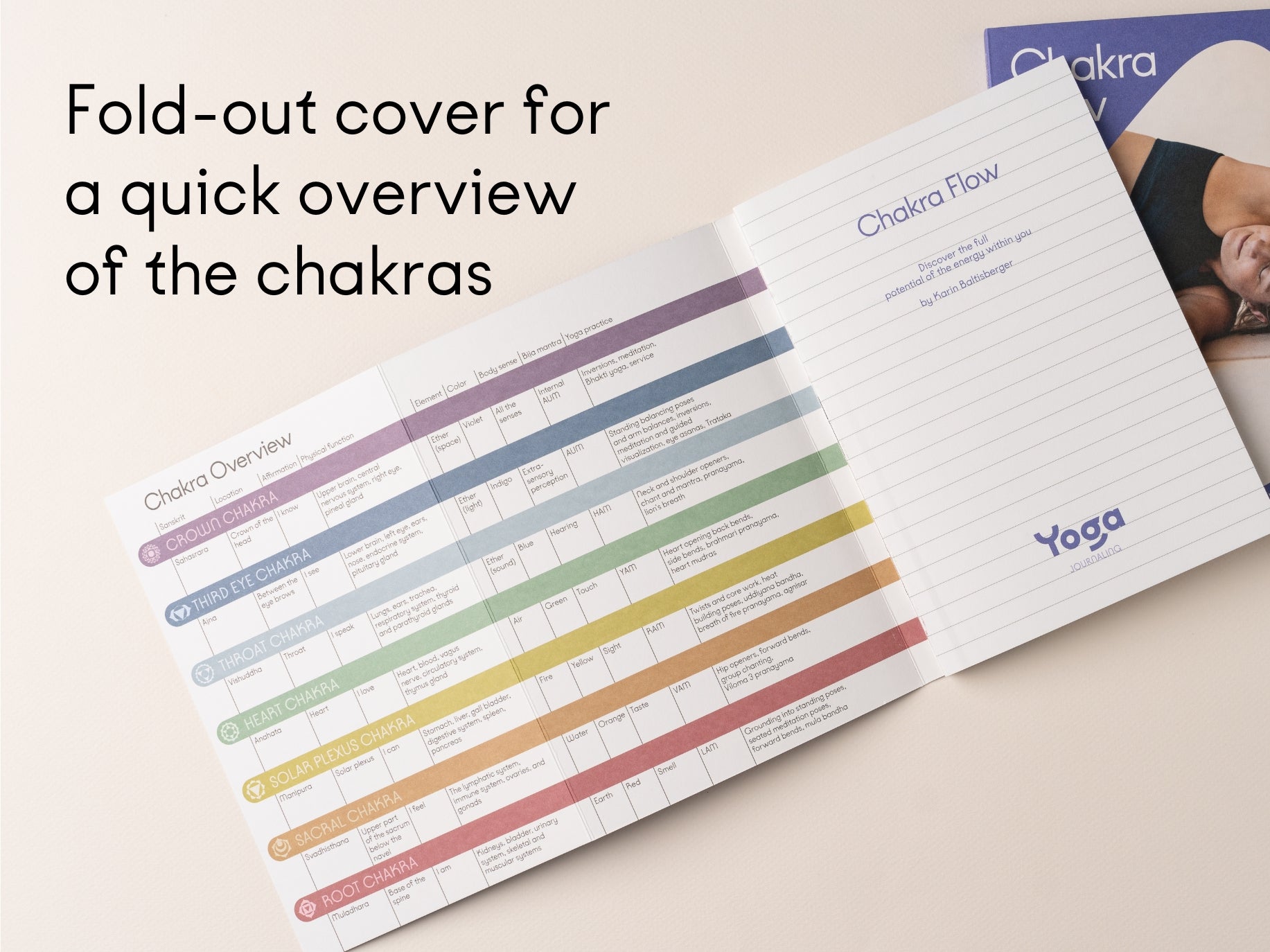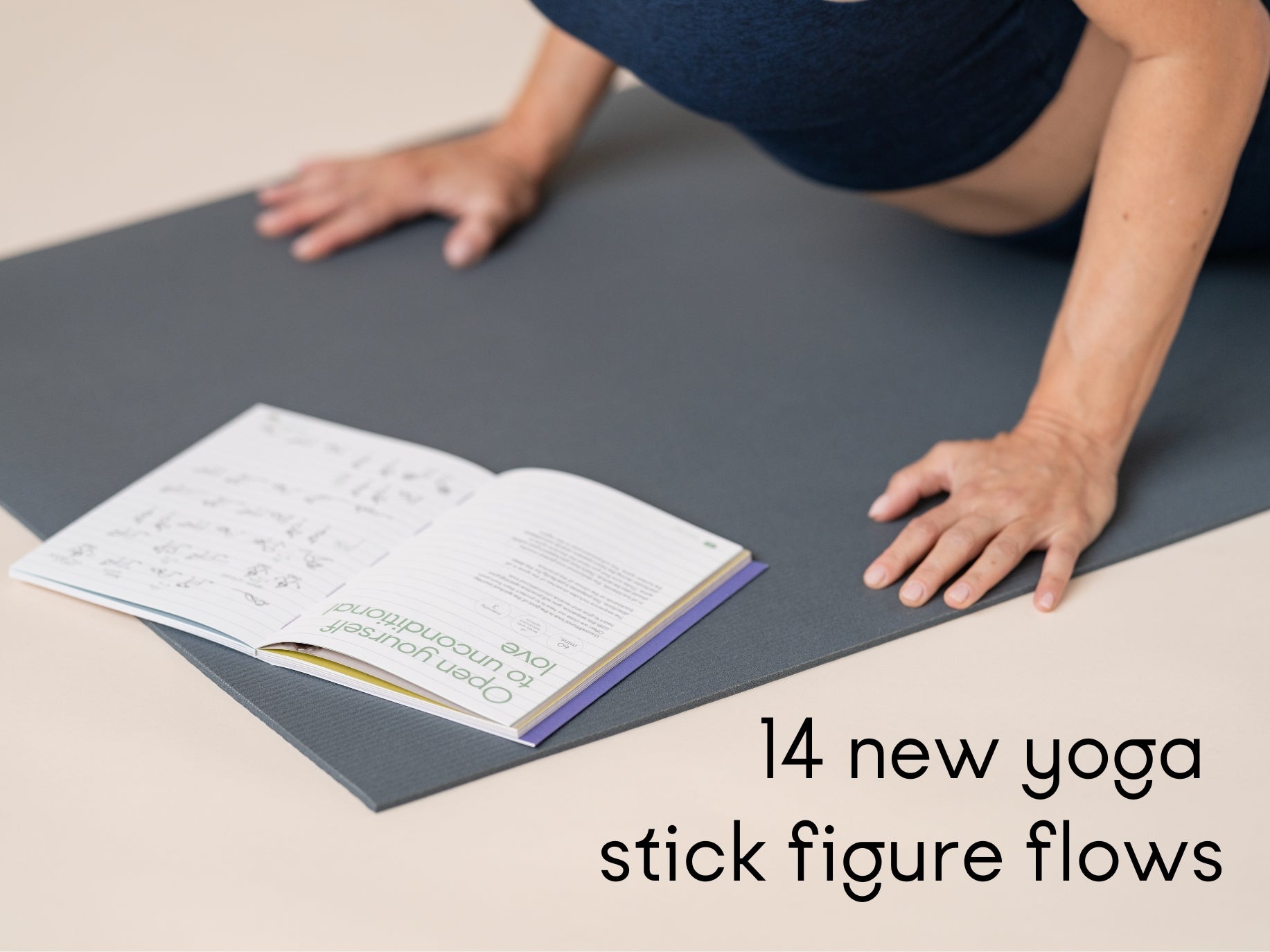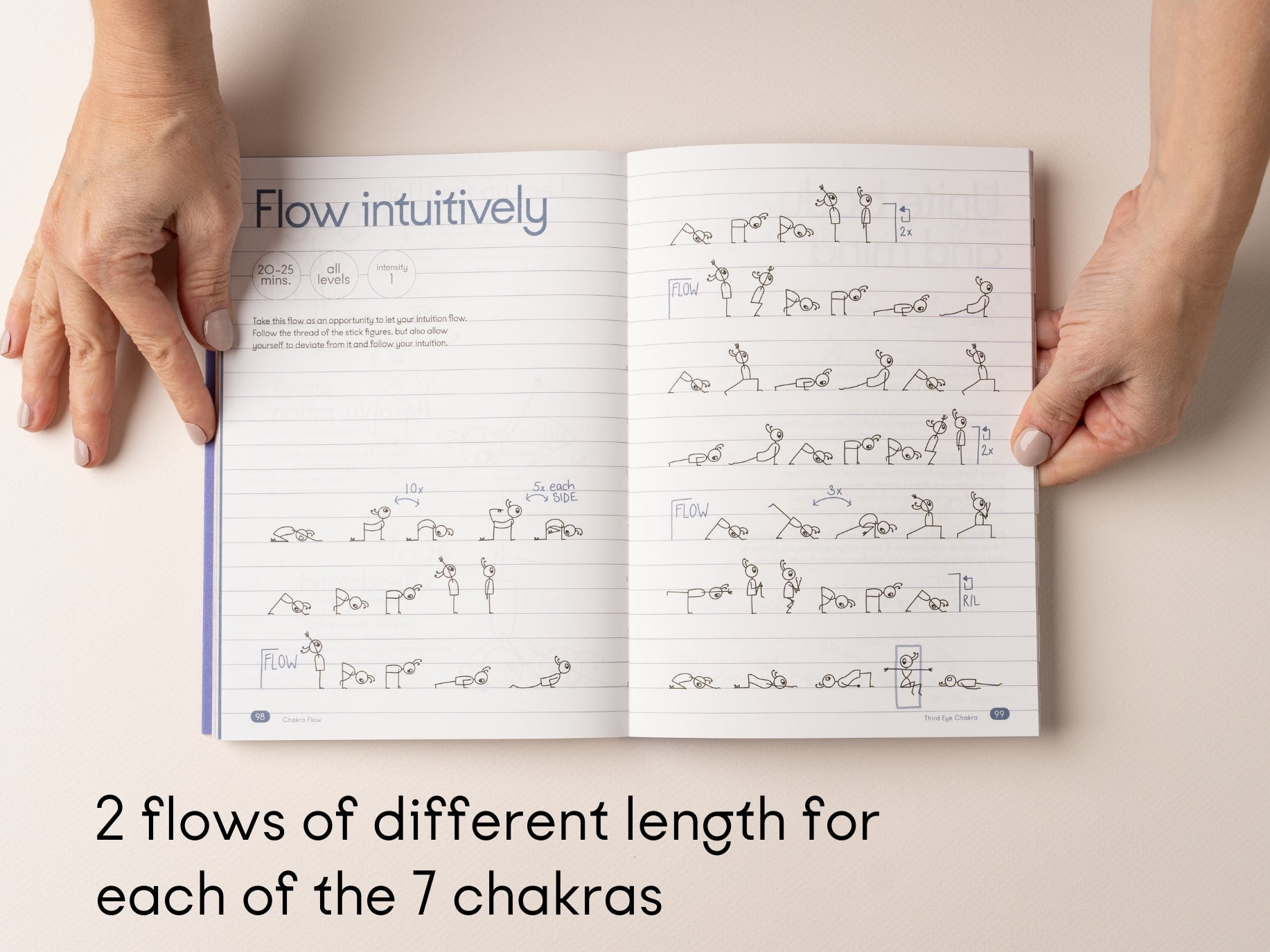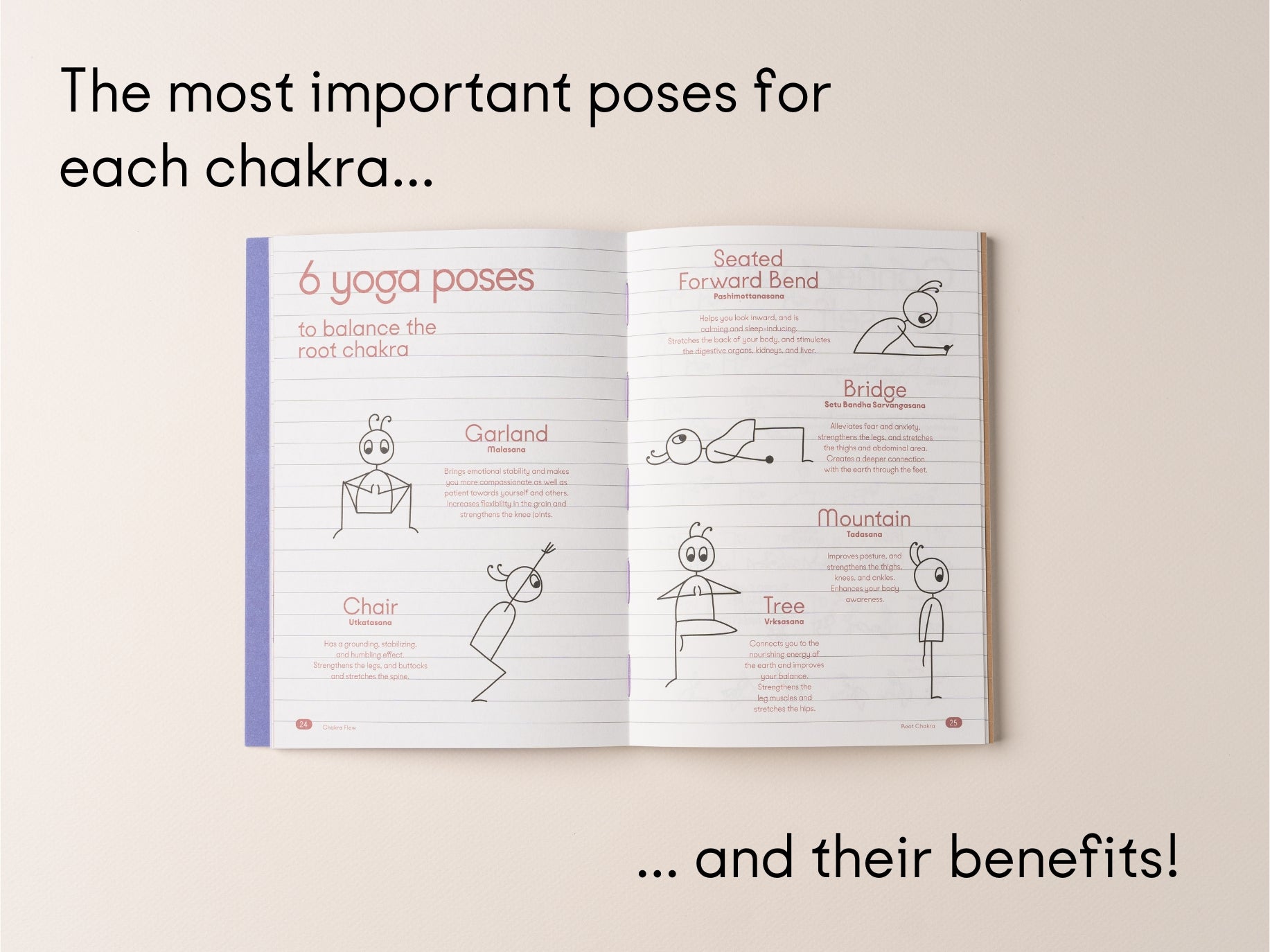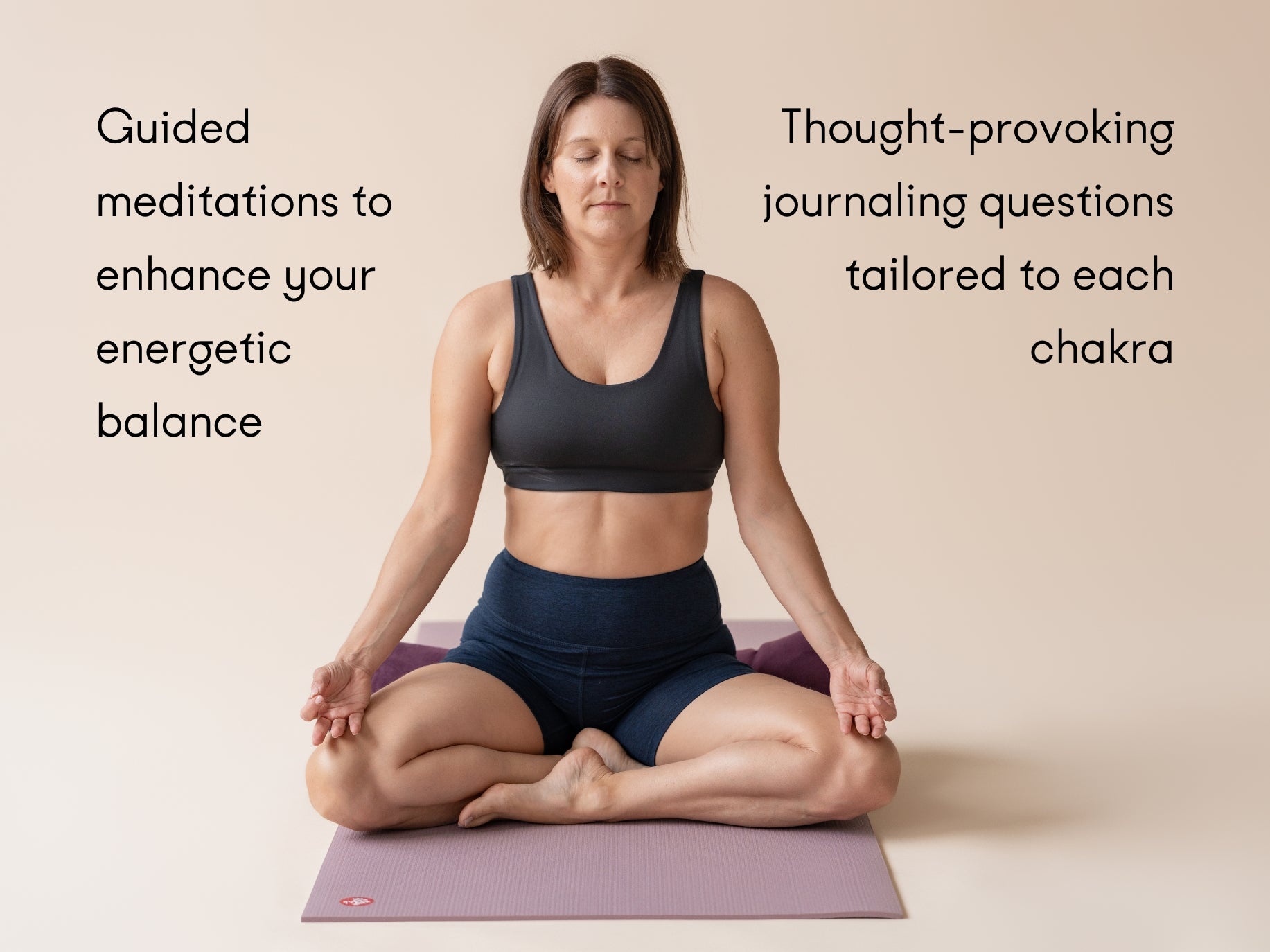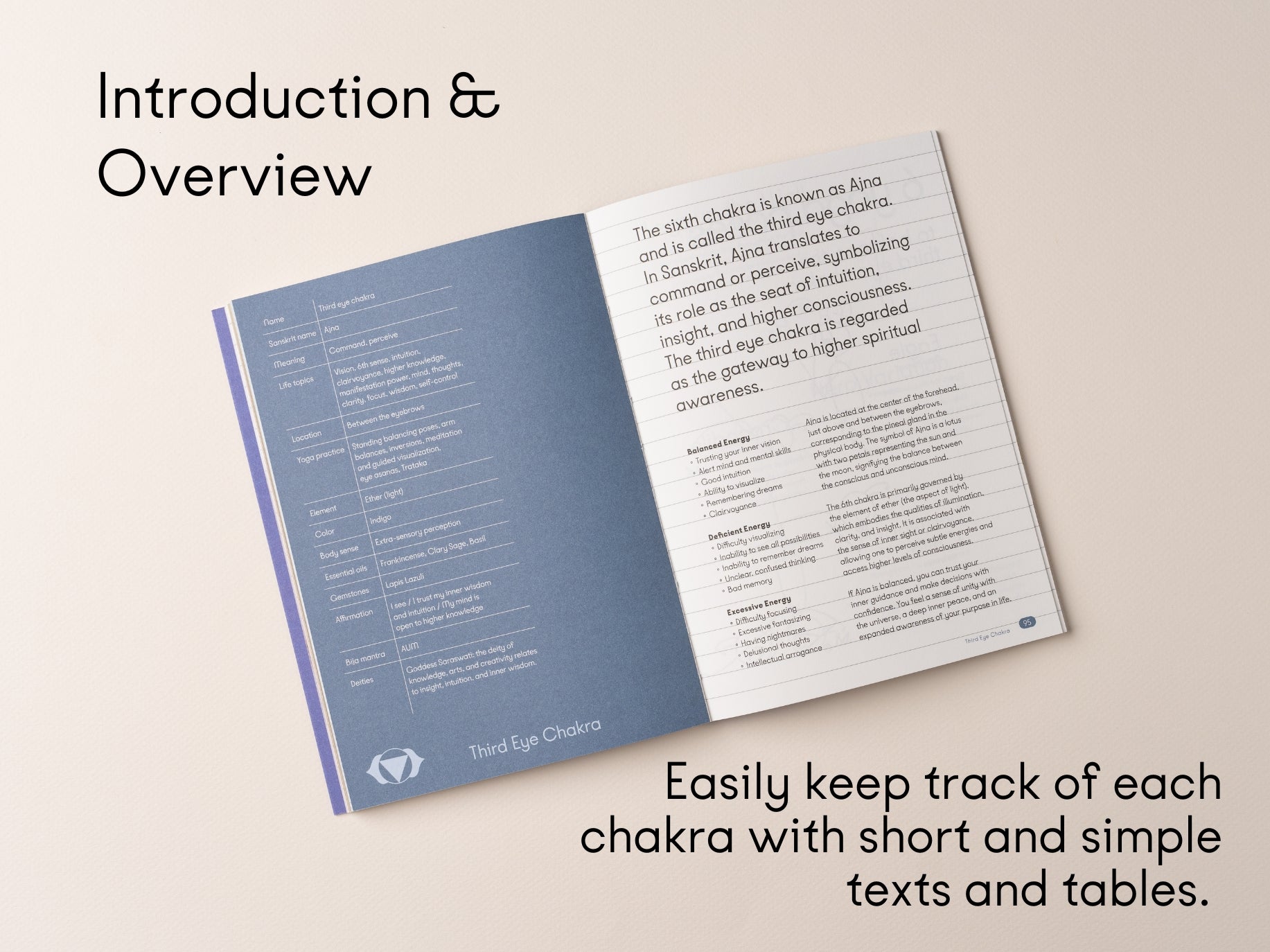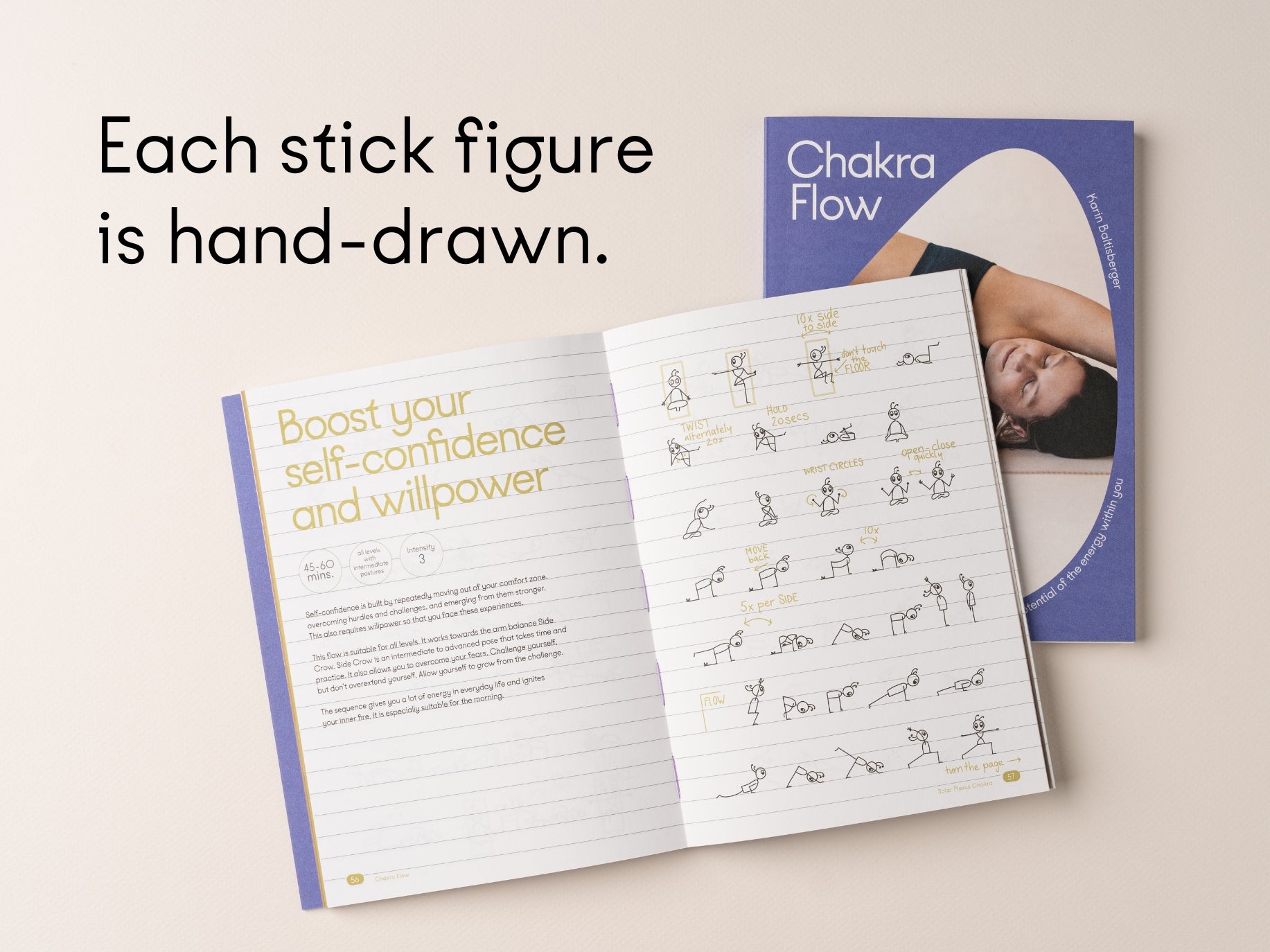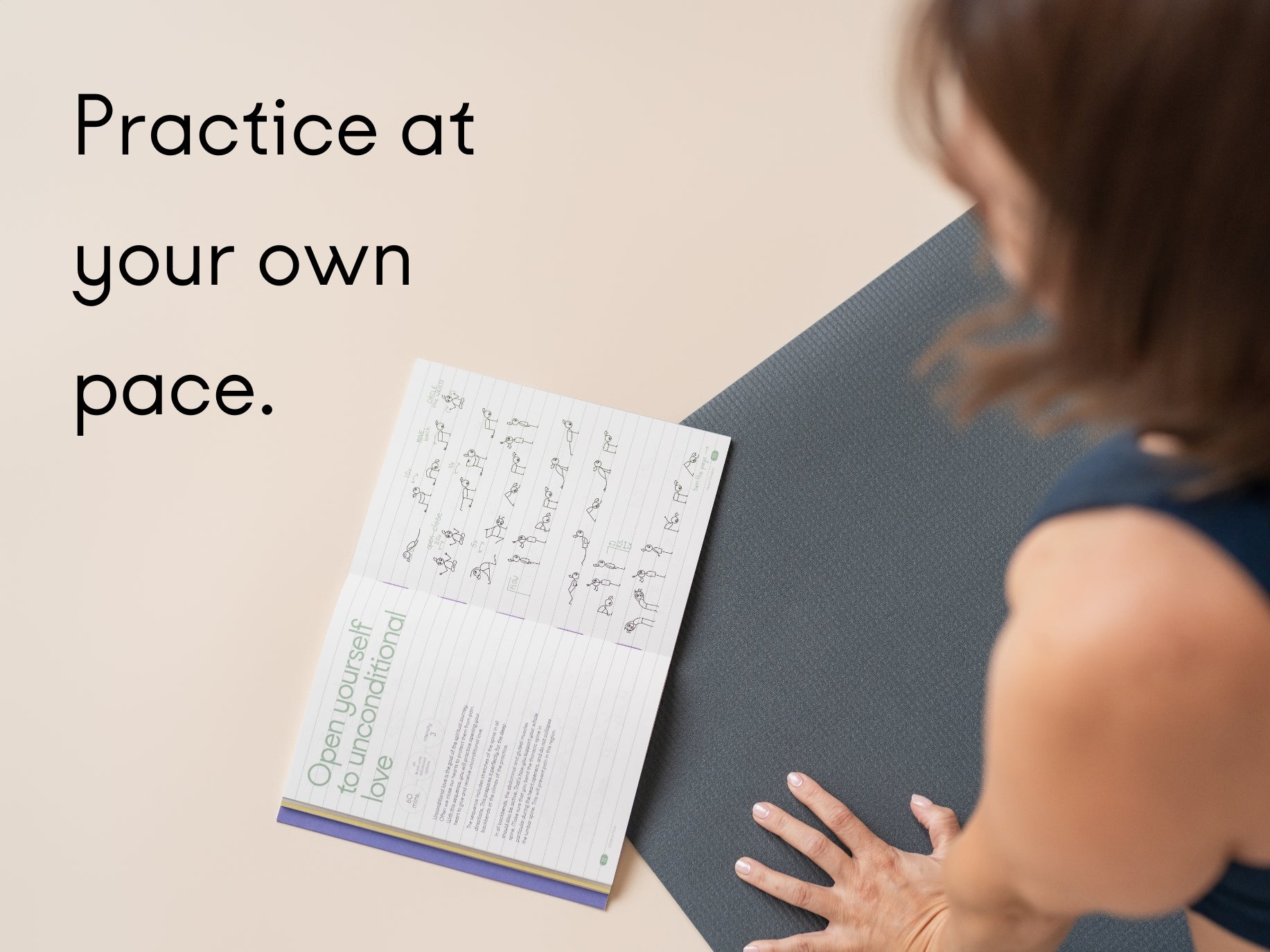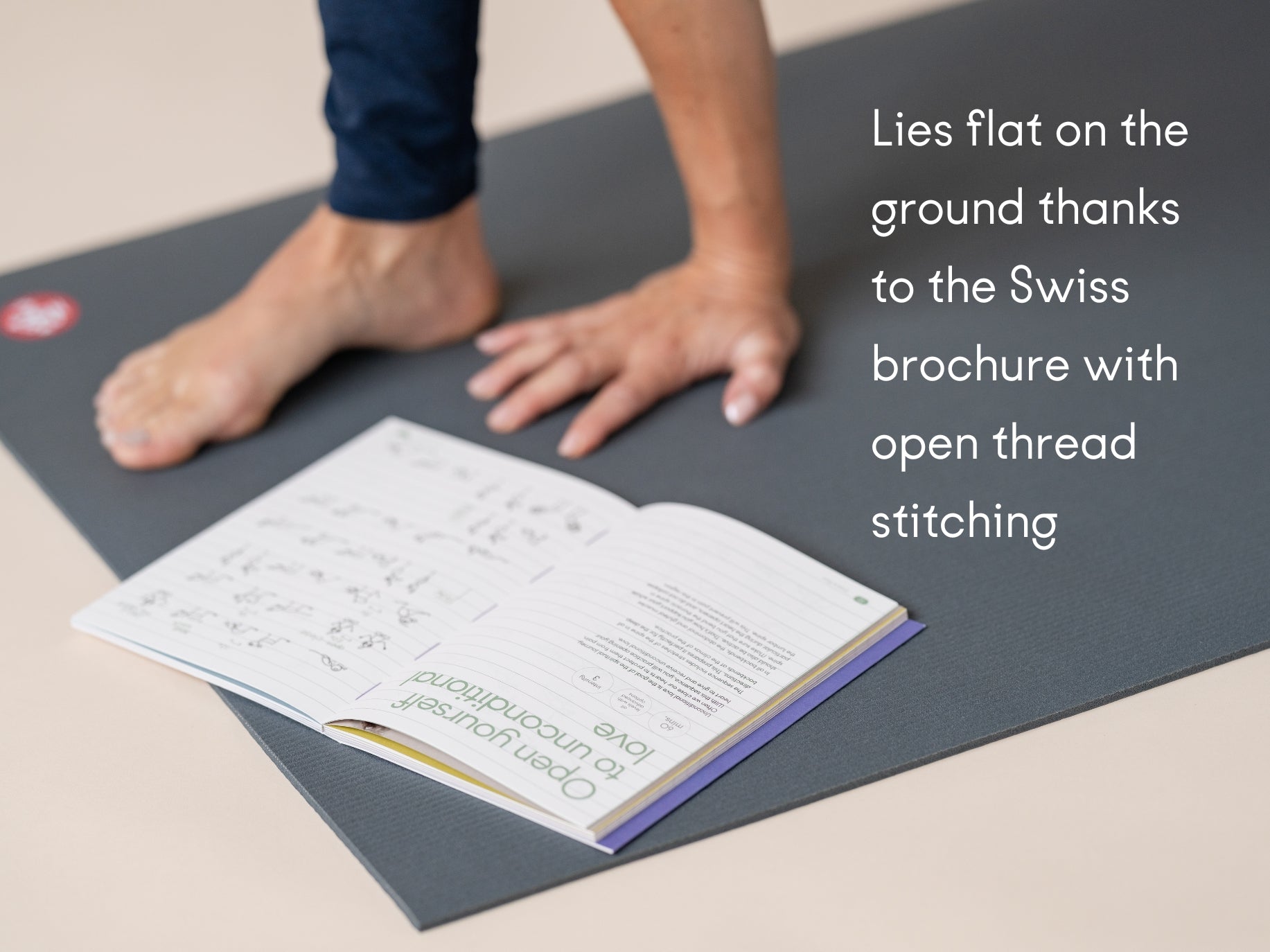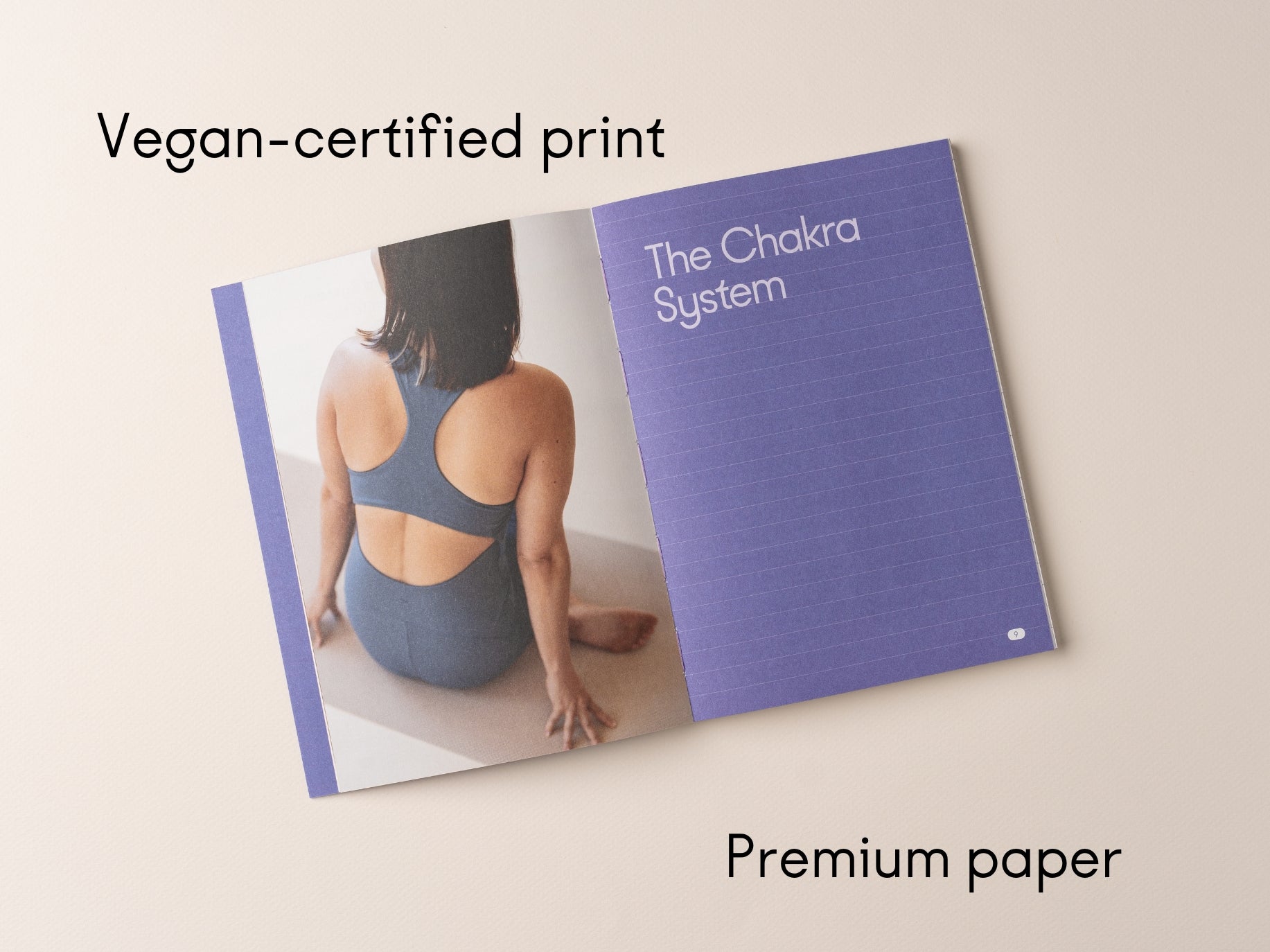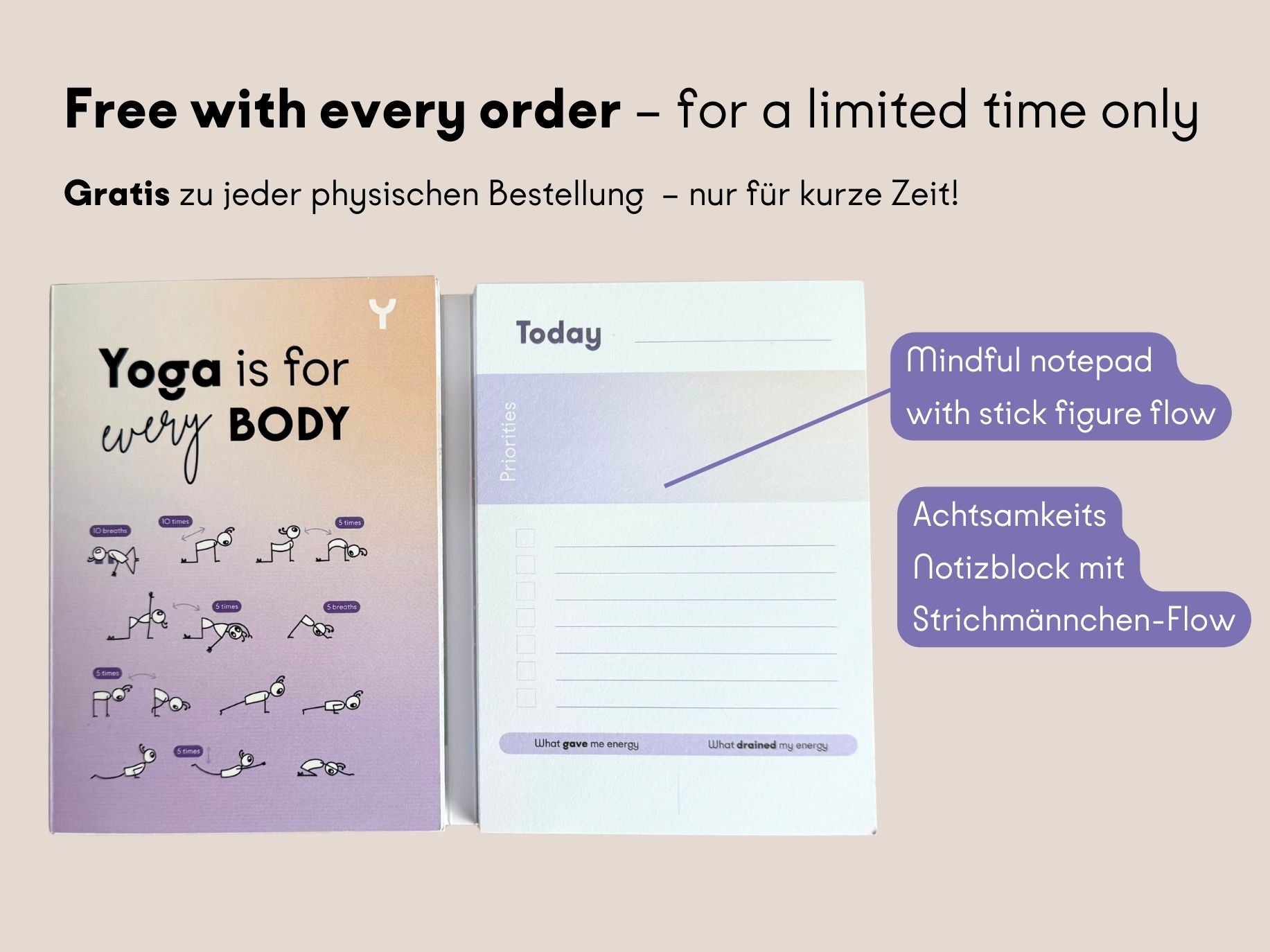Being a yoga teacher is a deeply rewarding experience, but it comes with its own set of challenges. Between planning classes, managing students, and maintaining your own practice, it can be easy to feel overwhelmed. To help you navigate these demands, I've compiled a list of 10 lesser-known life hacks that can elevate your teaching, enhance student engagement, and keep you balanced.
1. Use Essential Oils for Ambiance
Creating a serene and inviting atmosphere can significantly enhance your students' experience. Incorporate essential oils into your classes by using a diffuser. Scents like lavender, eucalyptus, or chamomile can promote relaxation and focus, enriching the overall ambiance of your studio.
2. Pre-Class Breathwork for Yourself
Before your class begins, take a few minutes for a short breathwork session. This practice can help you center yourself, bringing a calm and focused energy that your students will notice and appreciate. Techniques like box breathing or alternate nostril breathing are quick and effective.
3. Personalized Student Notes
Building personal connections with your students can greatly enhance their experience. Keep a small notebook with notes about your regular students—preferences, injuries, progress, and any other relevant details. This personal touch helps you tailor your instruction and shows your students that you care about their individual journeys.
4. Use Video Analysis
Recording yourself while teaching or performing sequences can be incredibly insightful. Reviewing these videos allows you to see your technique and presentation from a different perspective. This can help identify areas for improvement and refine your teaching methods.
5. Create a Quick Fix Kit
Being prepared for any situation is key. Assemble a kit with items like extra hair ties, deodorant, band-aids, and essential oils. Having this kit handy ensures you're always prepared for any last-minute needs, helping you stay focused and professional.
6. Mindful Transitions
Transitions between poses are just as important as the poses themselves. Focus on creating smooth, mindful transitions to enhance the flow and safety of your class. This attention to detail can make your classes more enjoyable and beneficial for your students.
7. Silent Practice Sessions
Try practicing your sequences in complete silence occasionally. This deepens your own awareness and presence, allowing you to better guide your students through a more introspective practice. Silent practice can also enhance your ability to convey instructions clearly and effectively.
8. Post-Class Stretch
After teaching, take a few minutes to stretch and release any tension accumulated during the class. This simple practice helps you recover and maintain your physical well-being, ensuring you're ready for your next session.
9. Student Engagement Surveys
Gathering feedback is crucial for continuous improvement. Periodically distribute anonymous surveys to your students to collect their thoughts on your teaching style, class content, and areas for improvement. Use this feedback to refine your classes and better meet your students' needs.
10. Vocal Health
Your voice is one of your most important tools as a yoga teacher. Maintain vocal health by doing regular vocal exercises, staying hydrated, and avoiding strain. Techniques like humming, gentle warm-ups, and proper breath support can ensure your voice remains clear and strong.

